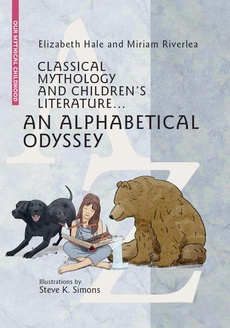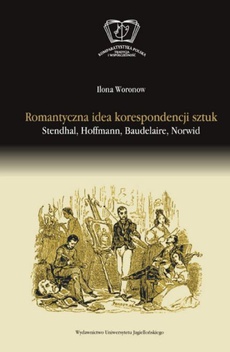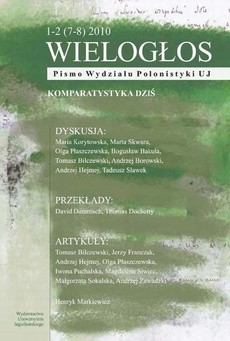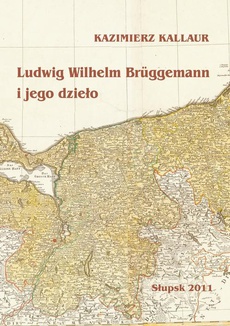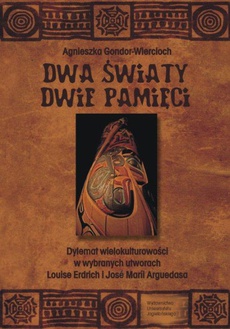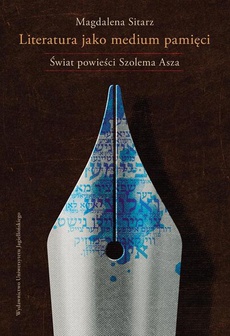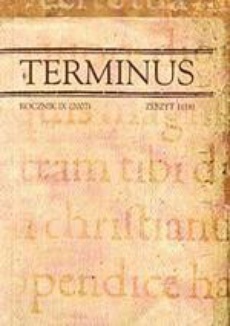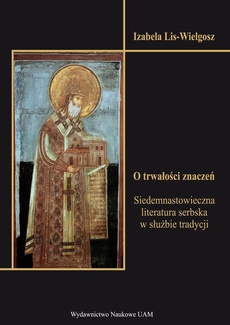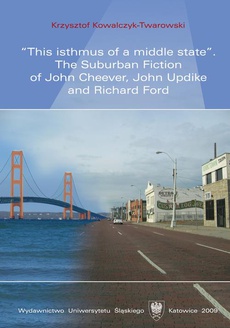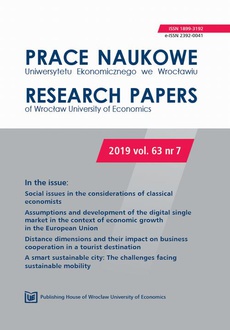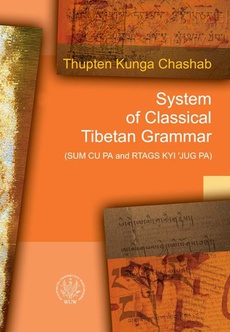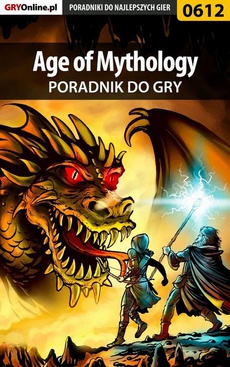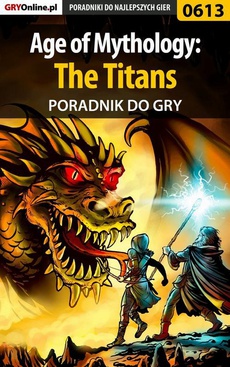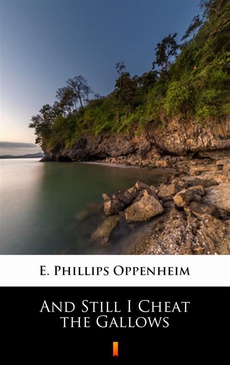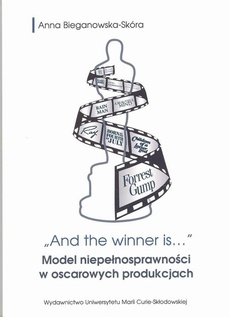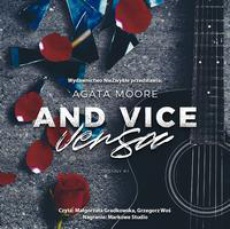POLECAMY
Classical Mythology and Children's Literature...
An Alphabetical Odyssey
Autor:
Wydawca:
Format:
ibuk
The book takes readers on a journey through the oceans of children’s books inspired by ancient Greek and Roman mythology. The 26 chapters (arranged alphabetically) discuss elements important in literature for young readers, providing insights into how mythical adaptations, retellings, and allusions connect with aspects of childhood and adolescence.
[Elizabeth Hale and Miriam Riverlea], using a method of integrating the approaches of classical reception and children’s literature studies, […] developed the Alphabetical Odyssey. Their shared enjoyment of children’s literature informed their study, as did a deep respect for the authors and illustrators whose works are created with children’s needs so carefully addressed. As a result, a unique amalgam was formed. On the one hand, the Alphabetical Odyssey is a guide showing the breadth of the creative field of children’s literature that blends the ancient and the modern for readers of all ages, thereby making it possible for them to travel beyond time, to learn about new things, but also to rediscover what may already seem familiar. […] On the other hand, this volume stimulates scholarly reflection on what classical culture contributes to children’s literature and, reciprocally, how children’s literature enriches our reception of classical material.
(Katarzyna Marciniak, University of Warsaw
From the introduction by the Editor of the Series)
The book "Classical Mythology and Children’s Literature… An Alphabetical Odyssey", written by Elizabeth Hale with Miriam Riverlea (illustrations by Steve K. Simons) is an excellent contribution to contemporary discussions on the function, place, role and status of mythology in the education of children and young people, its relation to children’s literature, its significance in the broader circulation of literary culture and the scope of international interdisciplinary research conducted on this literature. The authors’ considerations, which focus on the phenomenon of literary adaptation, are very extensive and go far beyond the area of literary studies (with particular emphasis on narrative theory), as they touch upon anthropological issues (here: e.g. the issue of childhood), cultural studies and visual art.
(From the editorial review, Dorota Michułka, University of Wrocław)
I have learnt a lot about contemporary children’s literature and its multifarious reception of mythology and admire the authors for taming the topic in a delightfully readable study.
(From the editorial review, Christine Walde, Johannes Gutenberg University Mainz)
*********
Klasyczna mitologia i literatura dziecięca… Alfabetyczna Odyseja
Książka zabiera Czytelników i Czytelniczki w podróż przez morza i oceany dziecięcej literatury opartej na mitologii Greków i Rzymian. 26 ułożonych alfabetycznie rozdziałów omawia najważniejsze aspekty przeznaczonych dla dzieci i młodzieży książek, które adaptują mity, inspirują się nimi czy nawiązują do nich, i związków, jakie łączą te utwory z dzieciństwem i dorastaniem.
*********
Assoc. prof. Elizabeth Hale – is Associate Professor of English at the University of New England, Australia, where she teaches children’s literature and fantasy literature. She has published on topics in children’s literature, including edited volumes "Marvellous Codes: The Fiction of Margaret Mahy" (Victoria University Press, 2005) and "Maurice Gee: A Literary Companion. The Fiction for Young Readers" (Otago University Press, 2014). She currently leads the Australian wing of the "Our Mythical Childhood" project, which surveys the reception of Classical Antiquity in global children’s culture. She is also General Editor of the forthcoming six-volume set of "Routledge Historical Resources in Children’s Literature, 1789-1914".
PhD Miriam Riverlea – is a researcher and writer with a lifelong interest in classical mythology and its reception in contemporary culture. She completed her PhD, entitled "My First Book of Greek Myths: Retelling Ancient Myths to Modern Children", at Monash University in 2017, and has taught classical studies and children’s literature at several Australian universities. Other research projects have explored the reception of the myth of the Trojan horse in ancient and modern contexts, and examined the mythic elements of computer adventure games from the 1980s. Beyond academia, she has worked in libraries and archives, and as a researcher in the field of cultural interpretation. She has been the editor of a community newspaper, and is now studying early childhood education.
Steve K. Simons – is an animator and graphic artist. He specializes in creating animations from ancient artefacts and is the co-creator of the Panoply Vase Animation Project (www.panoply.org.uk), with Dr Sonya Nevin. He has worked with collections including the University of Oxford’s Ashmolean Museum, the Ure Museum of Greek Archaeology at the University of Reading, and the Classical Museum at University College Dublin. For "Animating the Ancient World within Our Mythical Childhood", Steve has created five vase animations from the collection at the National Museum in Warsaw, a series of short documentaries, and activity sheets featuring illustrations of artefacts. His other materials created for "Our Mythical Childhood" have included illustrations and animation for the "Autism and Mythology" project. He is also a contributor to Prof. Véronique Dasen’s ERC project Locus Ludi, creating animations of frescos, vases, and relief sculptures. He illustrated "The Idea of Marathon: Battle and Culture" by Sonya Nevin (Bloomsbury, 2022), creating maps and drawings of Greek and Persian artefacts. Steve is a member of the Cluster “The Past for the Present – International Research and Educational Programme” and is in partnership with the University of Cambridge’s Cambridge School Classics Project. He lives in Cambridge in the UK.
| Rok wydania | 2022 |
|---|---|
| Liczba stron | 468 |
| Kategoria | Literaturoznawstwo |
| Wydawca | Uniwersytet Warszawski |
| ISBN-13 | 978-83-235-5729-6 |
| Numer wydania | 1 |
| Język publikacji | angielski |
| Informacja o sprzedawcy | ePWN sp. z o.o. |
Ciekawe propozycje
Spis treści
| Katarzyna Marciniak, There and Back Again, or, A Foreword by the Series Editor | 9 |
| Notes on the Authors and the Illustrator | 19 |
| A Note on the Illustrations | 21 |
| List of Figures | 27 |
| Acknowledgements | 29 |
| Introduction | 31 |
| A is for Adaptation | 53 |
| B is for Beasts | 69 |
| C is for Childhood | 83 |
| D is for Dealing with Difficult Subjects | 97 |
| E is for Emotions | 111 |
| F is for First Encounters | 121 |
| G is for Girls and Boys | 131 |
| H is for How to Be Heroic | 145 |
| I is for Being Informed | 167 |
| J is for Journeys | 185 |
| K is for Kidding Around | 199 |
| L is for Labyrinth | 213 |
| M is for Mythical and Magical Beings | 227 |
| N is for Nature | 241 |
| O is for the Olympians | 253 |
| P is for Philosophical Approaches | 269 |
| Q is for Quality | 281 |
| R is for Relationships | 291 |
| S is for Speculation | 303 |
| T is for Time | 313 |
| U is for Underworld Adventures | 329 |
| V is for Visual Storytelling | 345 |
| W is for Weaving | 355 |
| X Marks the Spot | 369 |
| Y is for Young Adulthood | 383 |
| Z is for Zest | 395 |
| Bibliography | 409 |
| Index of Names | 445 |
| Index of the Main Concepts and Mythological Figures | 455 |

